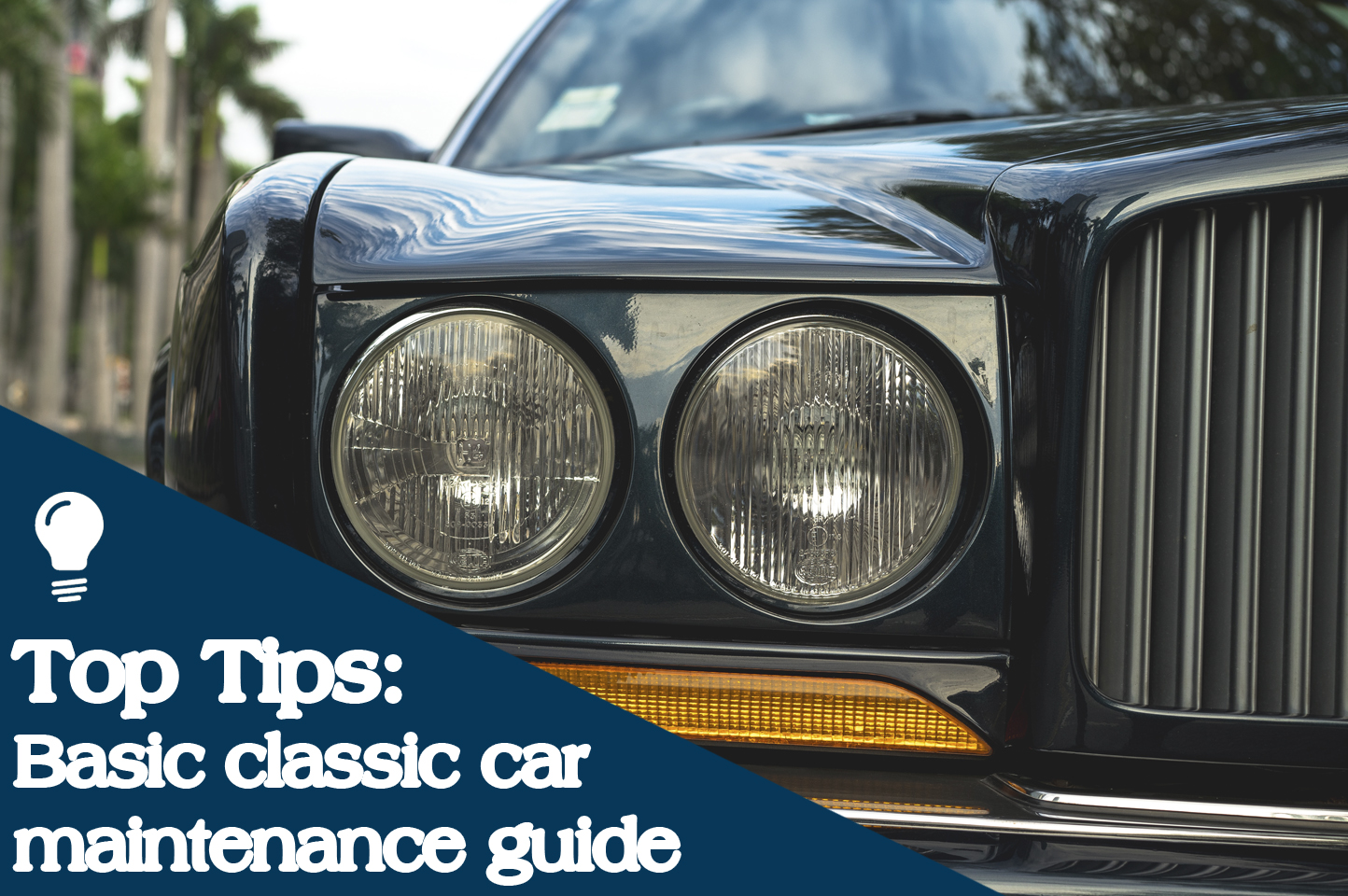
Top Tips: Basic classic car maintenance guide
Even modern cars need regular attention - with classics it's vital. For additional information or help, check your owner's handbook, or better still, refer to the workshop manual suitable for your car.
Here are some classic car DIY essentials.
Tyres
They are one of the least appreciated components of a car, yet tyres affect handling, economy, stopping distance, comfort and refinement. You could be fined up to £10,000 (£2,500 per tyre) and receive 12 penalty points on your licence for driving with illegal tyres, so check for damage and tread depth regularly and keep them pumped up to the correct pressure.
Coolant
Check the level regularly and make sure the correct water/anti-freeze mix is maintained (usually 50/50). Ideally, you want the protection level to be as low as -25 Celsius.
Lighting
Legally, all lights must be operational - that's everything from the headlights to indicators, and even the number plate bulb. Check them regularly, and if you can't see them all, get someone to help you.
Engine oil
Check the dipstick regularly and keep the oil topped up. Also keep an eye out for leaks. Aim to change your oil and filter every year and don't ignore any warning signs. Remember, the worst case scenario is that the engine will seize up which could end up costs thousands to rebuild or replace.
Battery
Even batteries on modern cars need attention and it's no different for classics. Check the acid and water levels and for corrosion around the terminals. If your cherished car is used throughout the winter, then be aware that the battery will have to cope with higher use of lights and heating, for instance.
Grease
Older classics and vintage cars were fitted with grease nipples so that fresh grease could be injected regularly to minimise wear between moving surfaces. For more information about your car, ask an expert or consult your handbook/manual.
Hoses
Tricky, unless you have access to the underside of your car, but it's worth inspecting flexible hoses for signs of splitting, bulging, perishing and other external damage. These are essential to the operation of the hydraulic clutch and brake systems, for instance. Unfortunately, internal problems, such as the collapse of the hose walls, are not so easy to detect.
Wipers/washers
Faulty wiper/blades and washers are one of the most common reasons for an MOT fail. Even if your classic is MOT exempt, legally you must ensure that they are all working correctly and the windscreen is not chipped or cracked.
Fluid levels
We've already mentioned oil, battery and screenwash. Don't forget the clutch, brake and transmission fluid reservoirs, and you may also need to check your power steering, if fitted.
Source: Admiral - https://www.admiral.com/magazine/guides/motor/classic-car-maintenance-guide

22 Nov 2022